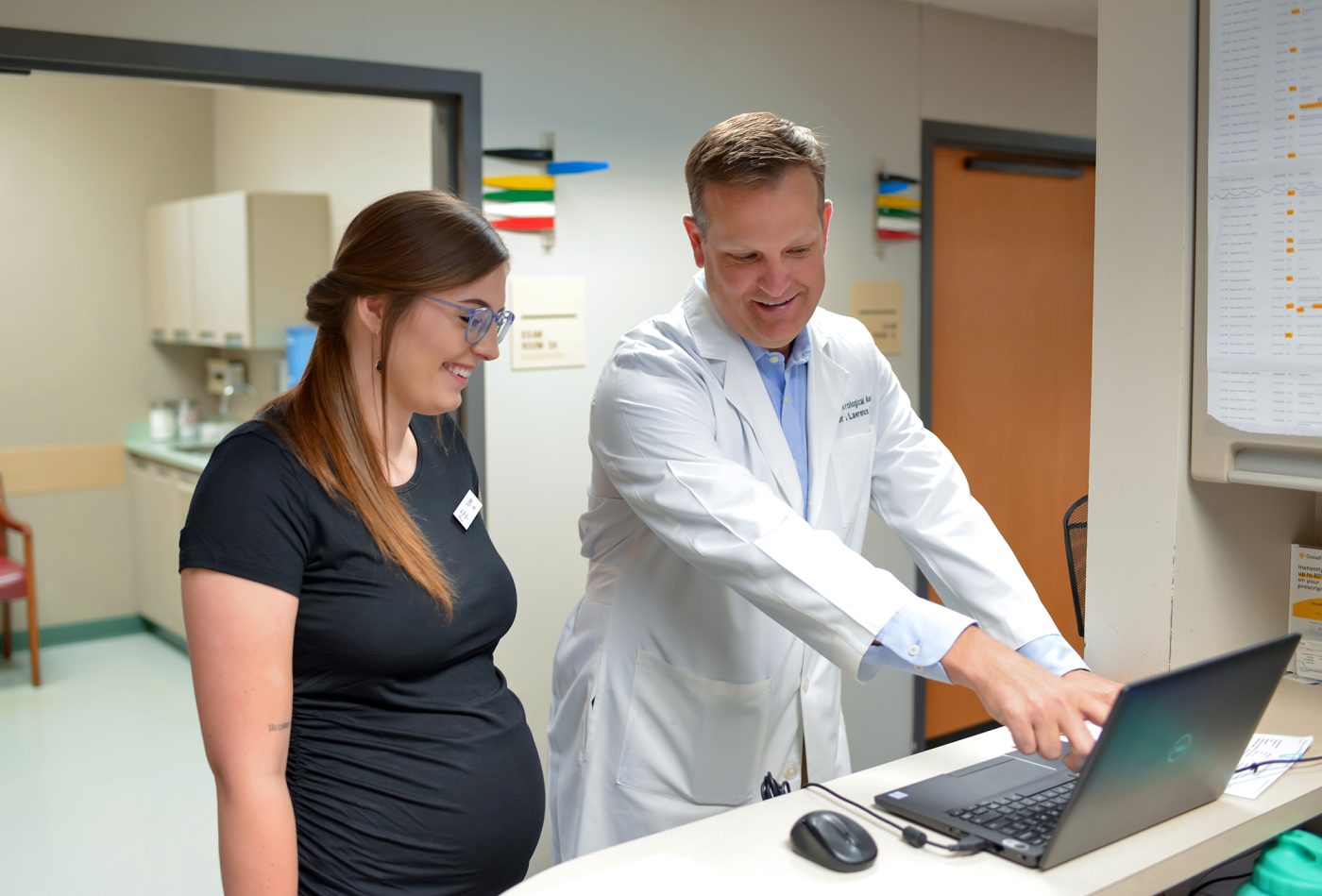Women’s Health
Women may experience urological issues unique to their anatomy. Pregnancy and menopause, for example, can alter the body in ways that lead to pelvic floor weakness, overactive bladder or inflammation of the bladder wall. Fortunately, most conditions are highly treatable, especially when caught early.
Incontinence
The main symptom of urge incontinence is leaking urine after a person experiences an urge to urinate. This symptom can occur on its own, or it may result from something else, such as an overactive bladder.
Medtronic InterStim™ Therapy
Many patients with an overactive bladder or retention issues have a poor or reduced quality of life. When lifestyle changes and medications fail, Medtronic bladder-control therapy delivered by the InterStim™ system can help. It is simple and discreet, and it delivers the kind of relief that lets patients enjoy the activities they love without a second thought.
Bulkamid
Bulkamid is a urethral bulking agent that is used to treat stress urinary incontinence. It is a soft, water-based gel that can be used to restore the natural closing of the urethra.
Overactive Bladder
Overactive bladder (OAB) causes a person to urinate more frequently and to feel a sudden and intense need to urinate. Urge incontinence occurs when this urge to urinate causes leaking. Although the two often occur together, they are not the same thing.
OAB refers to a group of symptoms, which may or may not include incontinence. The other symptoms are:
- frequent urination at night
- sudden intense urges to urinate
- urinating eight or more times during the day
- symptoms that disrupt daily life or that a person perceives as annoying
Medtronic InterStim™ Therapy
Many patients with an overactive bladder or retention issues have a poor or reduced quality of life. When lifestyle changes and medications fail, Medtronic bladder-control therapy delivered by the InterStim™ system can help. It is simple and discreet, and it delivers the kind of relief that lets patients enjoy the activities they love without a second thought.
BOTOX
Patients 18 and older can use bladder BOTOX as a medicinal prescription for an overactive bladder. In this form, it is used as a muscle and nerve relaxer. The treatment may help by soothing nerves and thus preventing accidents, as well as the need to urinate immediately. Patients also find they need to urinate less frequently after using BOTOX.
Kidney Stones
Kidney stones are hard deposits made of minerals and salts that form inside your kidneys. They can affect any part of your urinary tract. Often, stones form when urine becomes concentrated, allowing minerals to crystallize and stick together.
Passing kidney stones can be quite painful, but the stones usually cause no permanent damage if they’re recognized in time. Depending on your situation, you may need nothing more than to take pain medication and lots of water to pass a kidney stone. But in other instances — for example, if stones become lodged in the urinary tract, are associated with a urinary infection or cause complications — surgery may be needed.
If kidney stones are causing urinary pain, it’s time to schedule an appointment with us.
Urinary Tract Infections
Urinary tract infections (UTIs) are a common health issue that disproportionately affect women. This is due to several anatomical differences between males and females, but the primary reason women are more susceptible to UTIs is the shorter length of their urethra.
Antibiotics are the most common UTI treatment, which are prescribed by a health care provider based on the type of bacteria causing the infection. In addition to antibiotics, your health care provider may recommend other measures to alleviate discomfort and aid recovery. These may include pain relievers to reduce burning during urination and drinking plenty of fluids to help flush bacteria out of the urinary tract.
Common symptoms include:
- Burning sensation during urination: This is often the most noticeable symptom and can range from mild to severe.
- Frequent urination: You may feel the need to urinate more often than usual, even if you don’t have much urine to pass.
- Urgency: A strong and sudden urge to urinate, sometimes with the feeling that you can’t hold it.
- Cloudy or bloody urine: The urine may appear cloudy or discolored, sometimes with a pinkish or reddish tinge due to the presence of blood.
- Foul-smelling urine: The urine may have a strong and unpleasant odor.
- Pelvic pain or pressure: You may experience pain or discomfort in the lower abdomen or pelvic area.
More serious symptoms, such as a fever or nausea, could be signs of a kidney infection, which requires prompt medical intervention.
Pro-Nox
The Pro-Nox Nitrous Oxide Delivery System empowers you to safely control your pain relief during in-office procedures.

